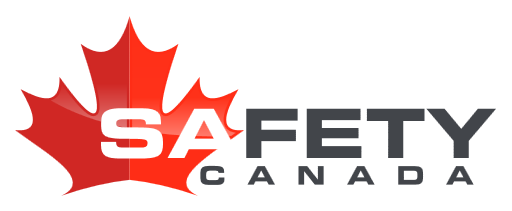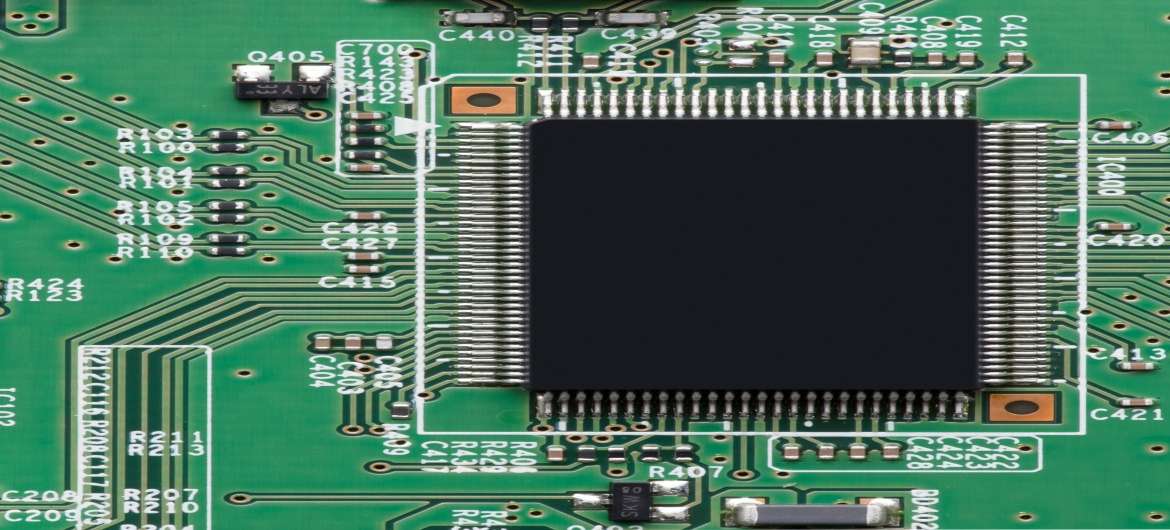Course Overview
Workers in the semiconductor industry work with and around hazardous chemicals every day. Part 1a will teach learners about the Globally Harmonized System of Classification and Labelling of Chemicals (GHS) so you can use these chemicals safely. Part 1b you will learn about how to store, use and dispose of hazardous chemicals along with steps to take when there is a hazardous chemical event. Part 2 informs you each chemical has specific characteristics, hazards and safety measures associated with it. Take this course to learn what these chemicals are and how to protect yourself. In part 3 you will learn about nine of the categories, what they are and what to do in emergencies involving them. And finally, part 4 - hazardous gases used in semiconductor fabrication facilities are typically stored outside of the manufacturing area and piped in to the processing equipment. An accidental release of any gas could cause injury or death. In this course you will learn about the gases used, the hazards they pose and the controls used to protect workers. Ideal learners are semiconductor employees.
By the end of this course, an understanding will be gained of:
- What is included in the Globally Harmonized System of Classification and Labelling of Chemicals (GHS)
- The characteristics of hazardous materials
- Safety Data Sheet (SDS) and label requirements according to the Globally Harmonized System (GHS)
- What controls to use and precautions to take when storing and using hazardous chemicals
- Chemical hazards in semiconductor fabrication facilities
- Actions to take during a hazardous chemical emergency
- Important information about nine categories of extremely hazardous chemicals found in semiconductor fabrication
- The physical hazards of compressed gases and the precautions to be used


